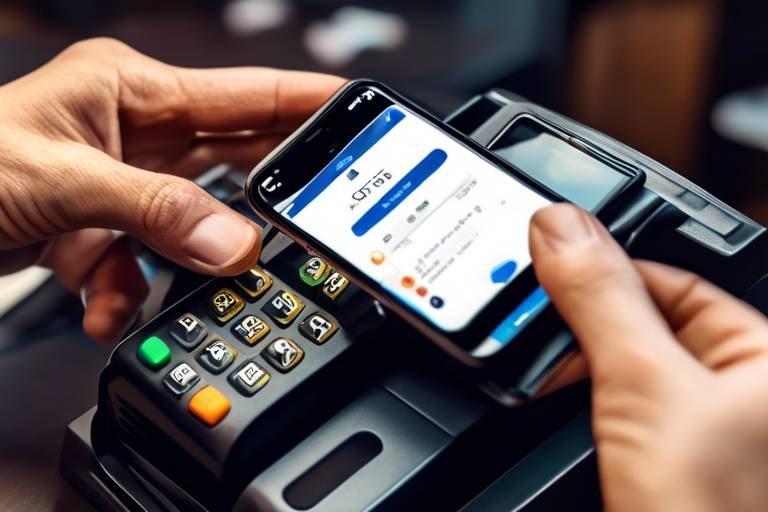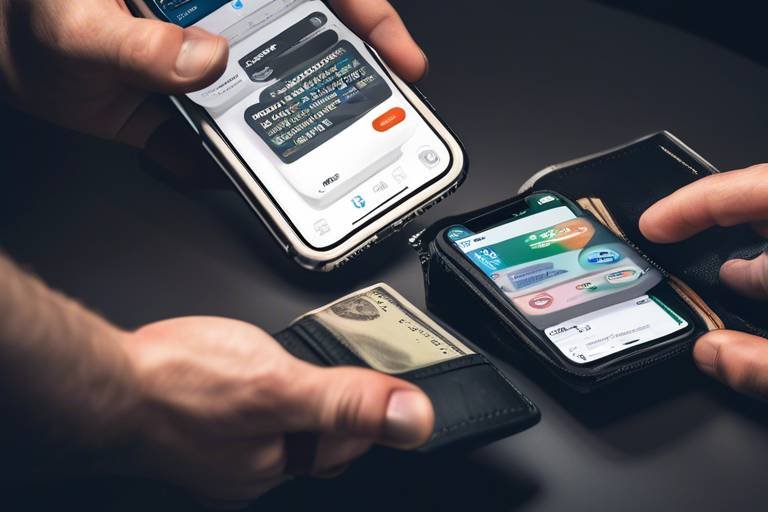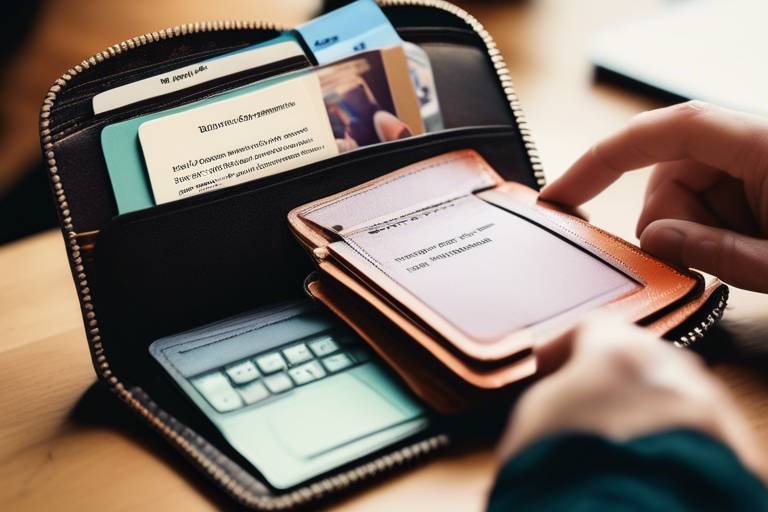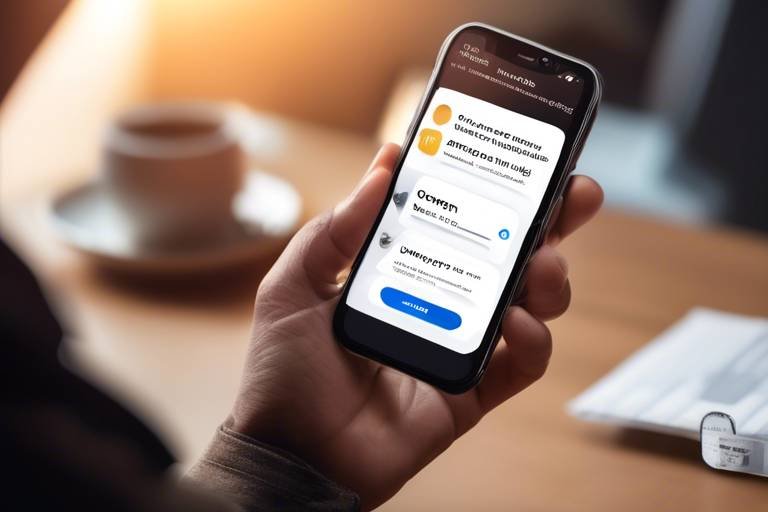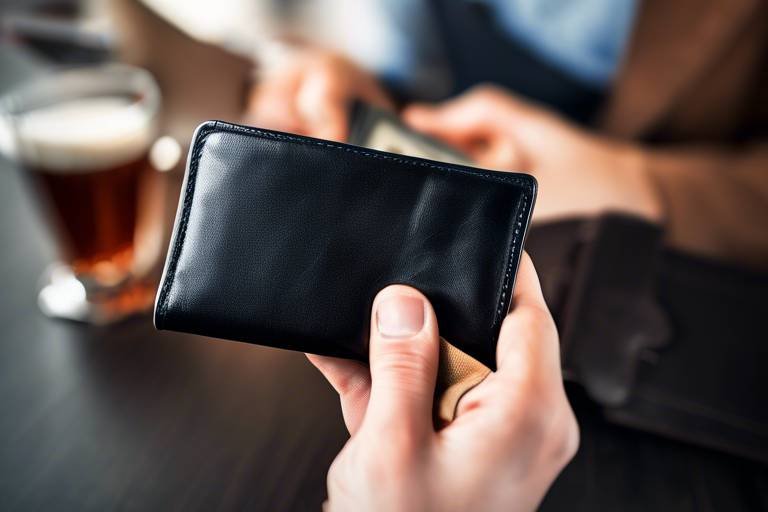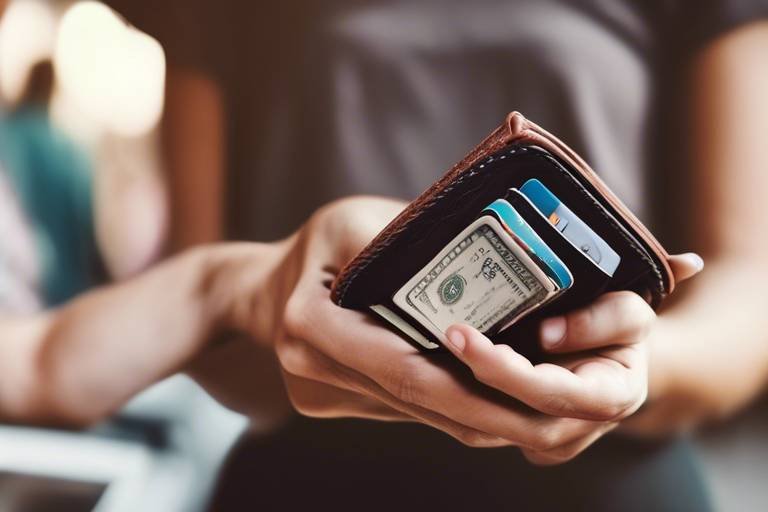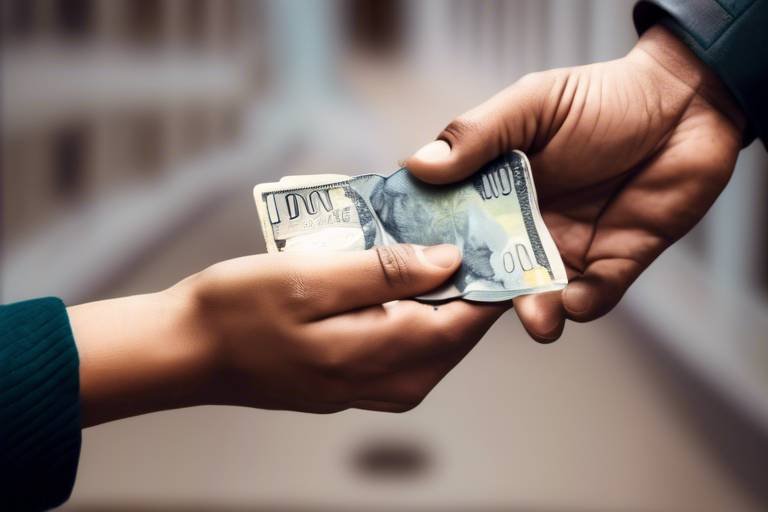How to Use Wallets for Cross-Platform Trading
In today’s fast-paced digital landscape, the way we trade assets has evolved dramatically, and wallets play a pivotal role in this transformation. Whether you’re a seasoned trader or just dipping your toes into the world of cryptocurrencies and digital assets, understanding how to use wallets for cross-platform trading is essential. Think of your wallet as a digital backpack; it holds everything you need for your trading journey, from coins and tokens to the tools that keep them secure. In this article, we will explore the essential aspects of using wallets, including the different types available, security measures you should take, and best practices that will enhance your trading experience.
When it comes to cross-platform trading, not all wallets are created equal. Each type of wallet serves a unique purpose and comes with its own set of advantages and disadvantages. Let’s break it down:
- Hot Wallets: These are wallets that are connected to the internet. They are user-friendly and perfect for quick transactions, but they can be vulnerable to hacking.
- Cold Wallets: Unlike hot wallets, cold wallets are offline and provide enhanced security. They are ideal for long-term storage of assets, but accessing your funds can be less convenient.
- Hardware Wallets: These are physical devices that store your private keys offline. They offer a high level of security and are great for serious traders, but they can be expensive and require some technical know-how.
Choosing the right wallet type depends on your trading style and how often you plan to access your assets. For instance, if you’re trading frequently, a hot wallet might be your best bet, while a cold wallet could serve as a safe haven for your long-term investments.
Creating a wallet is the first step in your cross-platform trading journey. It’s like setting up a new account at your favorite store; you want to make sure everything is in order before you start shopping. Here’s how to get started:
Selecting a wallet provider is crucial for both security and usability. You wouldn’t trust just any store with your credit card information, right? Similarly, when choosing a wallet provider, consider the following:
- Reputation: Look for providers with positive reviews and a strong history in the crypto community.
- Features: Ensure the wallet has the features you need, such as multi-currency support or easy integration with trading platforms.
- Support: Good customer support can make a world of difference when you encounter issues.
Security should always be your top priority when choosing a wallet. Just as you wouldn’t leave your front door unlocked, you need to ensure your digital assets are safe. Look for wallets that offer:
- Two-Factor Authentication: This adds an extra layer of security by requiring a second form of verification.
- Encryption: Ensure that your wallet encrypts your private keys to protect them from unauthorized access.
- Backup Options: A good wallet should allow you to back up your data easily, ensuring you can recover your assets if something goes wrong.
An intuitive user interface can significantly enhance your trading experience. Imagine trying to navigate a complicated maze; it can be frustrating and time-consuming. Therefore, when selecting a wallet, consider how easy it is to use. A wallet that is accessible on multiple devices and has a straightforward design can save you time and hassle.
Once your wallet is set up, linking it to trading platforms is essential for seamless cross-platform trading. This process is akin to connecting your phone to your computer; you want everything to sync smoothly. Here’s a general outline of the steps involved:
- Log in to your trading platform.
- Navigate to the wallet connection settings.
- Follow the prompts to securely link your wallet.
Make sure to double-check the connection settings to ensure your assets are safe and easily accessible.
Maintaining wallet security is vital for protecting your assets. Think of it as wearing a seatbelt in a car; it’s a simple step that can save you from significant harm. Here are some best practices to keep in mind:
Regularly backing up your wallet and keeping your software updated can prevent loss. Just like you wouldn’t ignore a warning light in your car, don’t overlook software updates. To back up your wallet effectively:
- Follow the wallet provider’s instructions for creating backups.
- Store backups in a safe place, preferably offline.
Phishing scams can compromise your wallet's security. Just as you wouldn’t give your house key to a stranger, be cautious about sharing your wallet information. To safeguard against phishing attempts, consider these tips:
- Always check the URL of the website you’re visiting.
- Be wary of unsolicited emails asking for personal information.
- Use security features like two-factor authentication to add an extra layer of protection.
Q: What is a hot wallet?
A hot wallet is an online wallet that is connected to the internet, making it easy to access your assets quickly.
Q: How do I secure my wallet?
Use strong passwords, enable two-factor authentication, and regularly back up your wallet.
Q: What should I do if I suspect a phishing attempt?
Immediately change your passwords, enable security measures, and report the phishing attempt to the appropriate authorities.
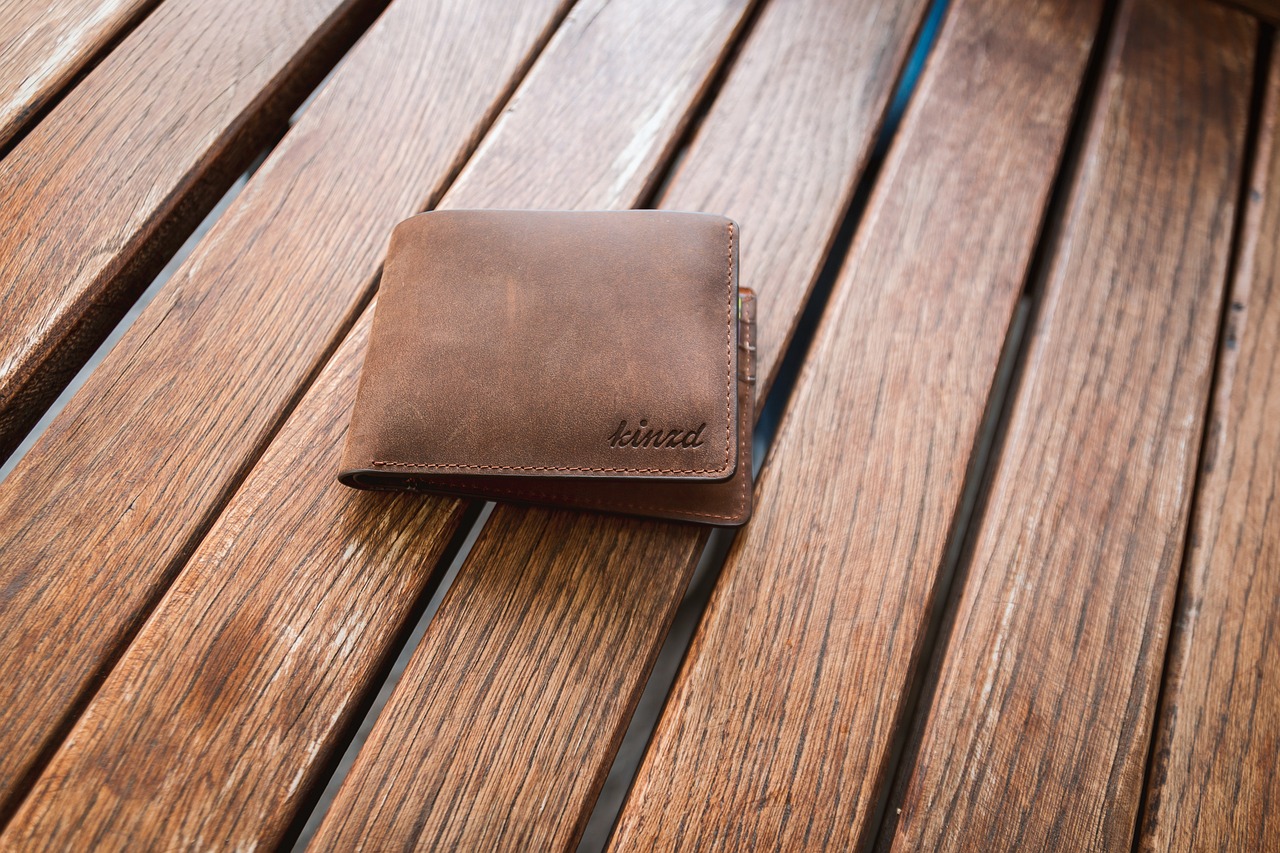
Understanding Wallet Types
When it comes to cross-platform trading, the type of wallet you choose plays a pivotal role in how you manage your digital assets. Think of wallets as the different kinds of bags you might use to carry your belongings. Each bag has its unique features and is suited for specific purposes. In the world of cryptocurrency, there are primarily three types of wallets: hot wallets, cold wallets, and hardware wallets. Understanding these wallets is essential for optimizing your trading experience.
Hot wallets are the most commonly used type of wallet, especially for those who trade frequently. They are connected to the internet, making it easy to access your funds and execute trades quickly. Imagine a hot wallet as your everyday backpack; it's convenient and always within reach. However, this convenience comes with a price. Since hot wallets are online, they are more susceptible to hacking and other security threats. While they offer ease of use, it's crucial to remain vigilant about security measures.
On the other hand, cold wallets are offline storage solutions designed for long-term asset management. These wallets are akin to a safety deposit box in a bank—secure and out of reach from the prying eyes of cybercriminals. Cold wallets are not connected to the internet, which significantly reduces the risk of hacking. However, this also means that accessing your funds is less convenient. Cold wallets come in various forms, such as paper wallets or USB drives, and are ideal for traders who prefer to hold their assets for extended periods without frequent transactions.
Then we have hardware wallets, which combine the best of both worlds. These are physical devices specifically designed to store cryptocurrency securely. Think of hardware wallets as a high-tech safe that you can carry in your pocket. They provide robust security features, such as encryption and private key storage, while still allowing users to connect to the internet when needed. While hardware wallets can be a bit more costly than other options, their security features make them a worthwhile investment for serious traders.
Here's a quick comparison of these wallet types:
| Wallet Type | Connection | Security Level | Best For |
|---|---|---|---|
| Hot Wallet | Online | Low to Moderate | Frequent Traders |
| Cold Wallet | Offline | High | Long-term Holders |
| Hardware Wallet | Both | Very High | Serious Traders |
In conclusion, understanding the different types of wallets is crucial for anyone looking to engage in cross-platform trading. Each wallet type has its own set of advantages and disadvantages, and the right choice depends on your trading style and security preferences. Whether you opt for the convenience of a hot wallet, the security of a cold wallet, or the advanced features of a hardware wallet, being informed will help you make the best decision for your trading journey.
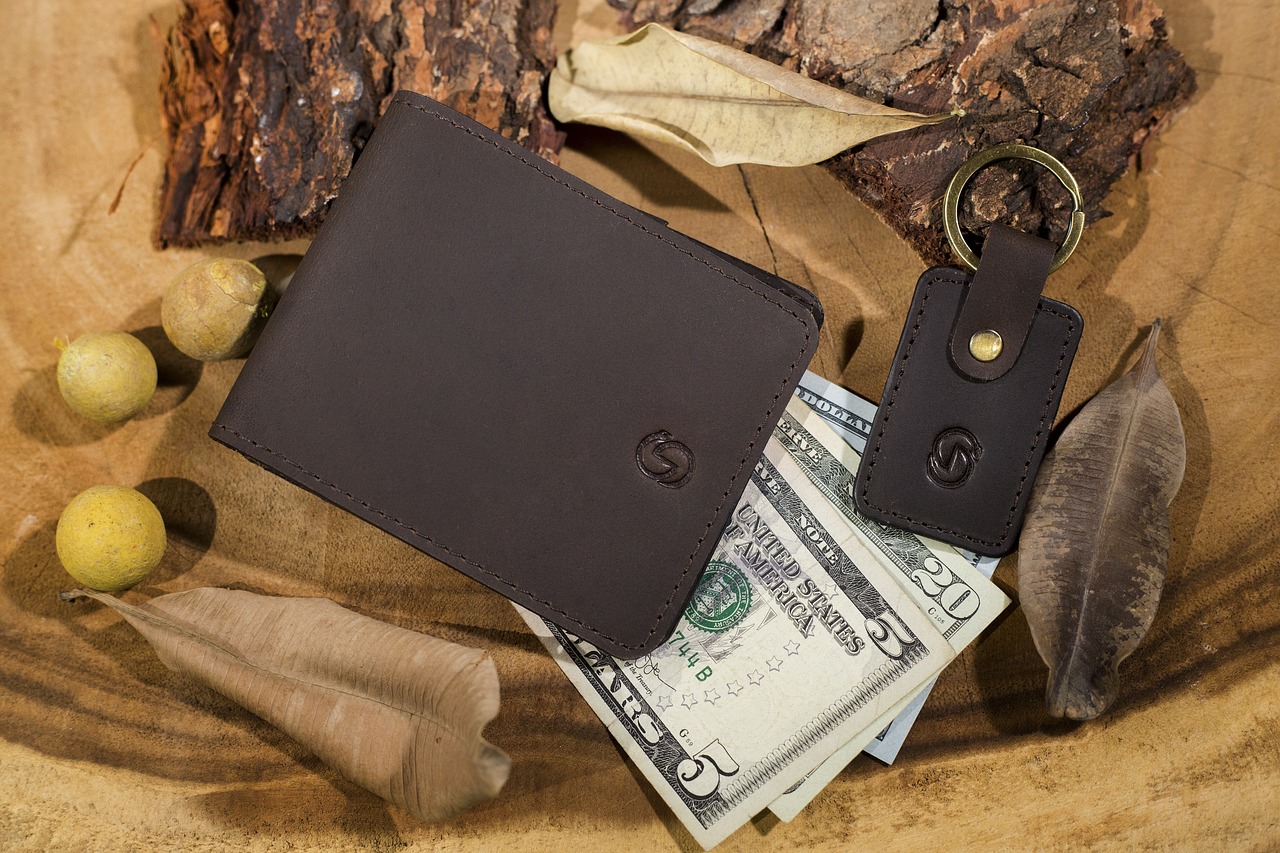
Setting Up Your Wallet
Creating a wallet is the first step in your journey towards seamless cross-platform trading. It’s a bit like setting up a bank account, but instead of dollars, you’re dealing with cryptocurrencies. The process can seem daunting at first, but once you break it down, it’s quite manageable. First off, you need to choose a wallet provider that aligns with your trading goals and security needs. Think of this as picking the right tool for your toolbox; the right wallet can make all the difference in your trading experience.
When selecting a wallet provider, consider factors such as reputation, features, and support. A reputable provider often has a track record of reliability and positive user reviews, which can give you peace of mind. Features to look for might include multi-currency support, ease of use, and integration capabilities with various trading platforms. After all, you don’t want to find yourself struggling with a complicated interface when you’re trying to make a quick trade!
Once you’ve chosen a provider, the next step is to secure your wallet effectively. This is where things get serious. You wouldn’t leave your front door wide open, right? Similarly, you need to implement strong security measures. Look for wallets that offer two-factor authentication, encryption, and backup options. These features act as your security guards, ensuring that only you have access to your funds. For instance, two-factor authentication adds an extra layer of protection by requiring a second form of verification, such as a code sent to your phone.
After setting up your wallet and securing it, the next step is to link it to your trading platforms. This is akin to connecting your bank account to your online shopping sites; it allows for quick and easy transactions. Most wallets will provide clear instructions on how to do this, so follow their guidelines closely. It’s essential to ensure that the connection is secure to prevent any unauthorized access.
In summary, setting up your wallet involves choosing the right provider, implementing robust security measures, and linking it to your trading platforms. Each of these steps is crucial in ensuring that your trading experience is not only efficient but also safe. Remember, a well-set-up wallet is your first line of defense in the world of cross-platform trading. So take your time, do your research, and set yourself up for success!
- What is a cryptocurrency wallet? A cryptocurrency wallet is a digital tool that allows you to store, send, and receive cryptocurrencies securely.
- Are hot wallets safe? Hot wallets are convenient for trading but are more susceptible to hacks. It’s best to use them for smaller amounts and keep larger sums in cold storage.
- How often should I back up my wallet? Regular backups are recommended, especially after significant transactions or changes to your wallet.
- What should I do if I suspect phishing? If you suspect phishing, do not click on any links or provide personal information. Always verify the source before taking any action.
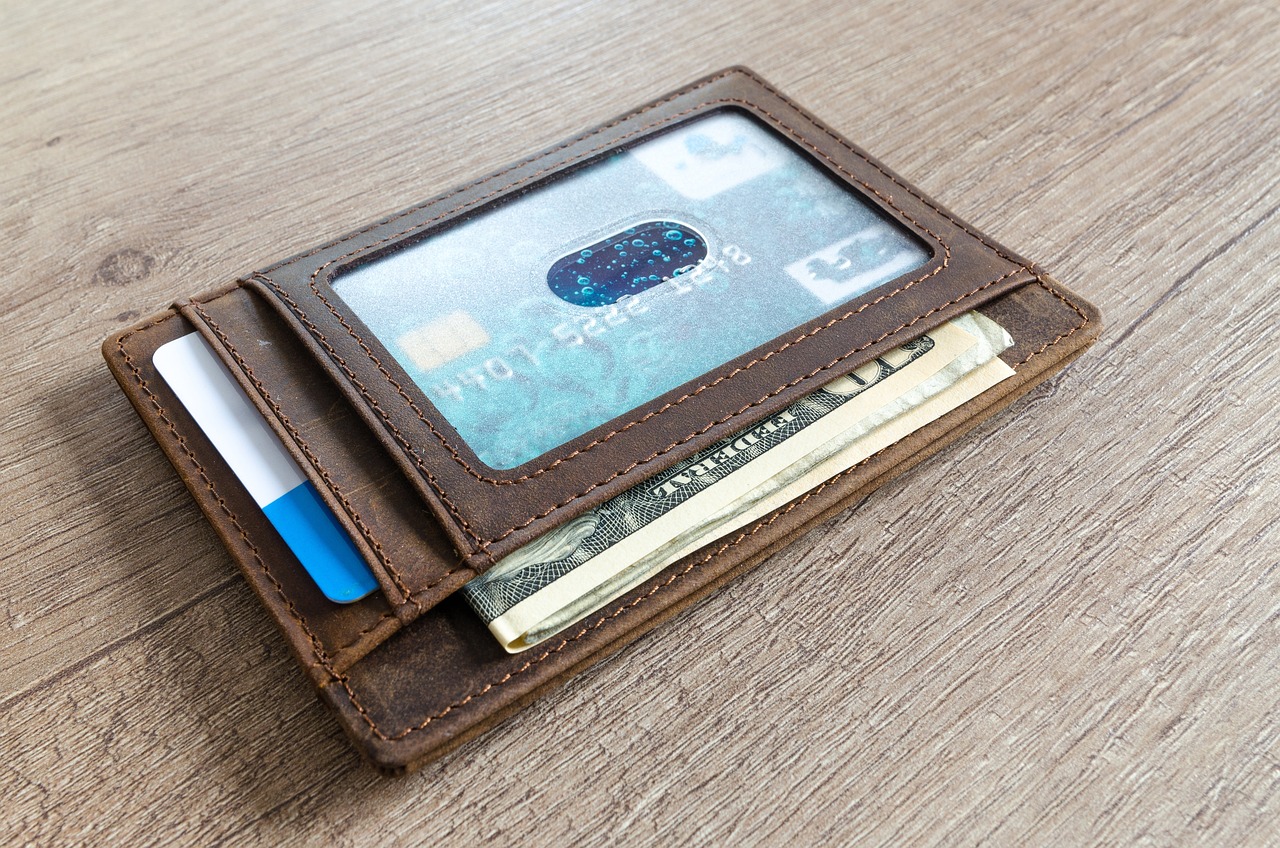
Choosing the Right Provider
When it comes to cross-platform trading, selecting the right wallet provider is akin to picking the right vehicle for a long road trip. You want something reliable, safe, and comfortable. With so many options out there, it can feel overwhelming, but don’t worry! There are key factors you can consider to make the process smoother.
First off, think about the reputation of the wallet provider. Just like you wouldn’t trust a taxi driver without good reviews, you should choose a wallet that has a solid track record. Look for user testimonials, reviews on forums, and any notable accolades. A well-established provider often has a better security infrastructure and customer support.
Next, consider the features offered by the provider. Some wallets come with advanced functionalities like multi-currency support, built-in trading options, or even staking capabilities. Think about what you need. Are you a casual trader or a serious investor? Your answer will guide you toward the right choice. For example, if you plan to trade various cryptocurrencies, ensure that the wallet supports those specific assets.
Another crucial aspect is customer support. Imagine being stuck on a deserted road with a flat tire and no one to call for help. Now, imagine facing issues with your wallet and having no support to turn to. Look for providers that offer 24/7 customer service, multiple contact options (like chat, email, or phone), and a comprehensive help center. This can save you a lot of headaches down the line.
Security is non-negotiable. Ensure that the wallet provider offers top-notch security measures. Look for features like two-factor authentication, end-to-end encryption, and regular security audits. You wouldn’t leave your front door wide open, would you? The same goes for your digital assets; keep them locked up tight!
Lastly, consider the user experience and accessibility of the wallet. A complicated interface can be as frustrating as trying to read a map upside down. Look for wallets that offer an intuitive design, easy navigation, and mobile access if you’re always on the go. The easier it is to use, the more likely you are to enjoy your trading experience.
In summary, when choosing a wallet provider, focus on their reputation, features, customer support, security measures, and overall user experience. By taking the time to research and evaluate these factors, you’ll be well on your way to making an informed decision that enhances your cross-platform trading journey.

Security Features to Look For
When it comes to cross-platform trading, security is not just a feature; it's a necessity. Imagine your wallet as a treasure chest filled with valuable assets. Would you leave it unlocked in a crowded marketplace? Absolutely not! Therefore, when selecting a wallet, you need to ensure it has robust security features that will keep your assets safe from prying eyes and malicious attacks.
First and foremost, two-factor authentication (2FA) is a must-have. This feature adds an extra layer of security by requiring not only your password but also a second piece of information, usually a code sent to your mobile device. Think of it as a double lock on your door. Even if someone gets hold of your password, they won't be able to access your wallet without that second key.
Another critical feature is encryption. This process takes your sensitive data and scrambles it, making it unreadable to anyone who doesn’t have the decryption key. Without encryption, your wallet is like a postcard – anyone can read it while it’s in transit. So, make sure the wallet you choose employs strong encryption methods to protect your information.
Additionally, look for wallets that offer backup options. In the digital world, data loss can happen for various reasons, from software glitches to accidental deletions. A good wallet should allow you to create backups so that you can restore your assets if something goes wrong. Think of backups as insurance for your treasure chest; they provide peace of mind knowing that you can recover your valuables.
Lastly, consider wallets that have a history of regular updates. The digital landscape is constantly evolving, and new threats emerge every day. A wallet that receives regular updates is more likely to have the latest security patches and features, ensuring that your assets remain protected against the latest vulnerabilities. It's like maintaining your car; regular servicing helps it run smoothly and keeps it safe on the road.
In summary, when selecting a wallet for cross-platform trading, pay close attention to these security features:
- Two-factor authentication (2FA)
- Encryption protocols
- Backup options
- Regular software updates
By ensuring that your wallet includes these essential security measures, you can trade with confidence, knowing that your assets are well-guarded against potential threats.
Q: What is two-factor authentication (2FA)?
A: Two-factor authentication is a security measure that requires two forms of identification to access your wallet, typically a password and a code sent to your mobile device.
Q: How does encryption protect my wallet?
A: Encryption scrambles your sensitive data, making it unreadable to anyone who does not have the decryption key, thus protecting your information from unauthorized access.
Q: Why are backups important for my wallet?
A: Backups allow you to restore your assets in case of data loss due to software failures, accidental deletions, or other unforeseen issues.
Q: How often should I update my wallet software?
A: You should update your wallet software as soon as updates are available, as these often include important security patches and new features.
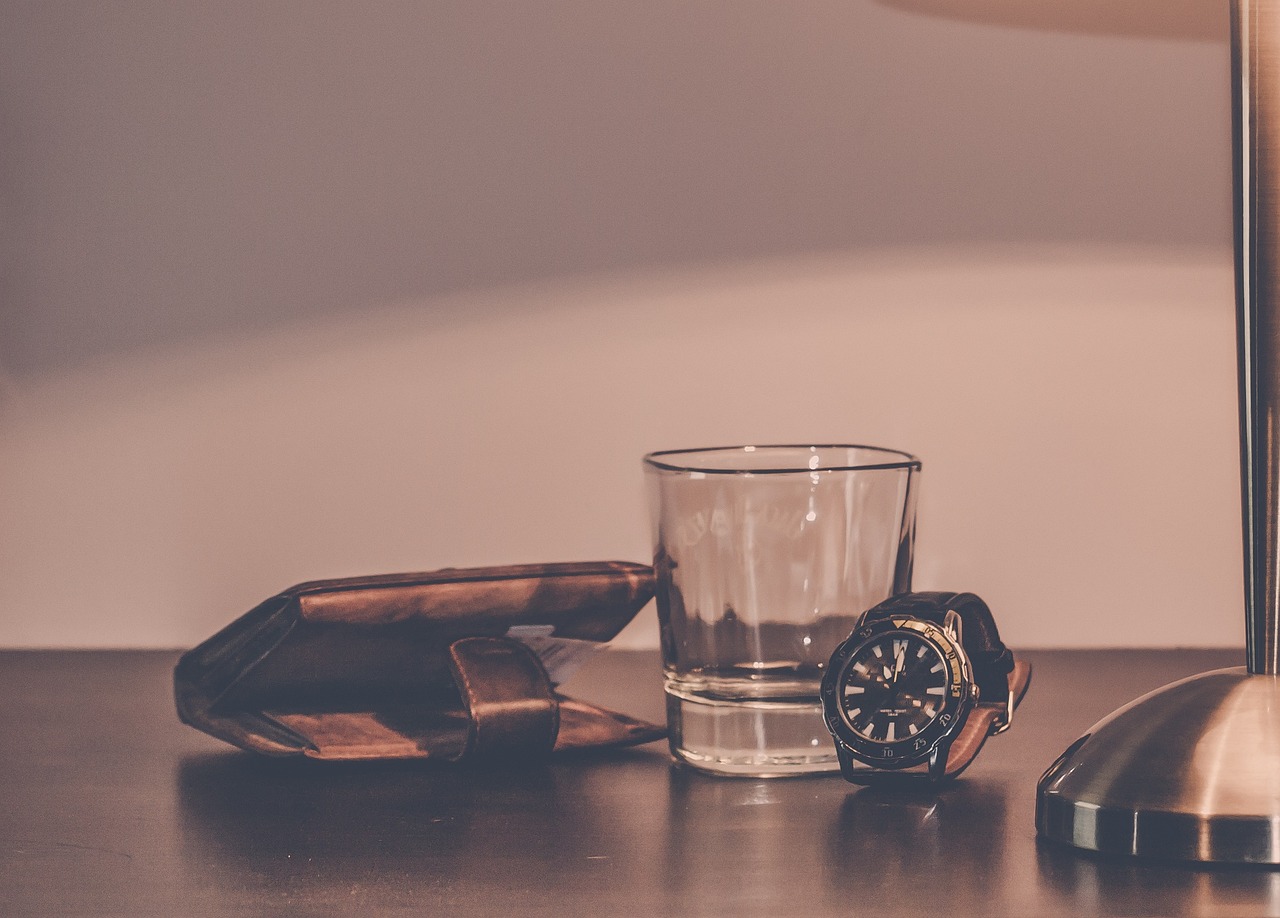
User Experience and Accessibility
When it comes to cross-platform trading, the user experience and accessibility of your wallet can make a world of difference. Imagine trying to navigate a complex maze while trading; if your wallet isn’t user-friendly, you might just find yourself lost and frustrated. An intuitive interface allows traders, whether beginners or seasoned pros, to execute transactions quickly and efficiently. Think of it as the difference between driving a sports car with a smooth transmission versus a clunky old truck. You want your trading experience to be as seamless as possible.
Accessibility is another critical factor. In today’s fast-paced trading environment, having access to your wallet from multiple devices is essential. Whether you're on your laptop, tablet, or smartphone, the ability to manage your assets on-the-go can give you a significant edge. Many modern wallets offer mobile applications that sync with their web counterparts, ensuring that you can trade anytime, anywhere. However, not all wallets are created equal; some may have mobile apps that are less functional or harder to navigate than their desktop versions.
Additionally, it’s important to consider the support and resources provided by the wallet provider. A good wallet will not only be easy to use but will also offer comprehensive support options. This can include tutorials, FAQs, and customer service that can assist you in case you hit a snag. After all, nobody wants to feel stranded without help when dealing with their hard-earned assets. A wallet that prioritizes user experience often includes:
- Clear and concise navigation
- Responsive customer support
- Educational resources for beginners
- Regular updates to improve usability
In conclusion, when selecting a wallet for cross-platform trading, don’t just focus on the security features or the types of currencies supported. Pay close attention to how the wallet feels to use. A wallet that is both accessible and user-friendly can enhance your trading experience, allowing you to focus on what truly matters: making informed trading decisions and maximizing your profits.
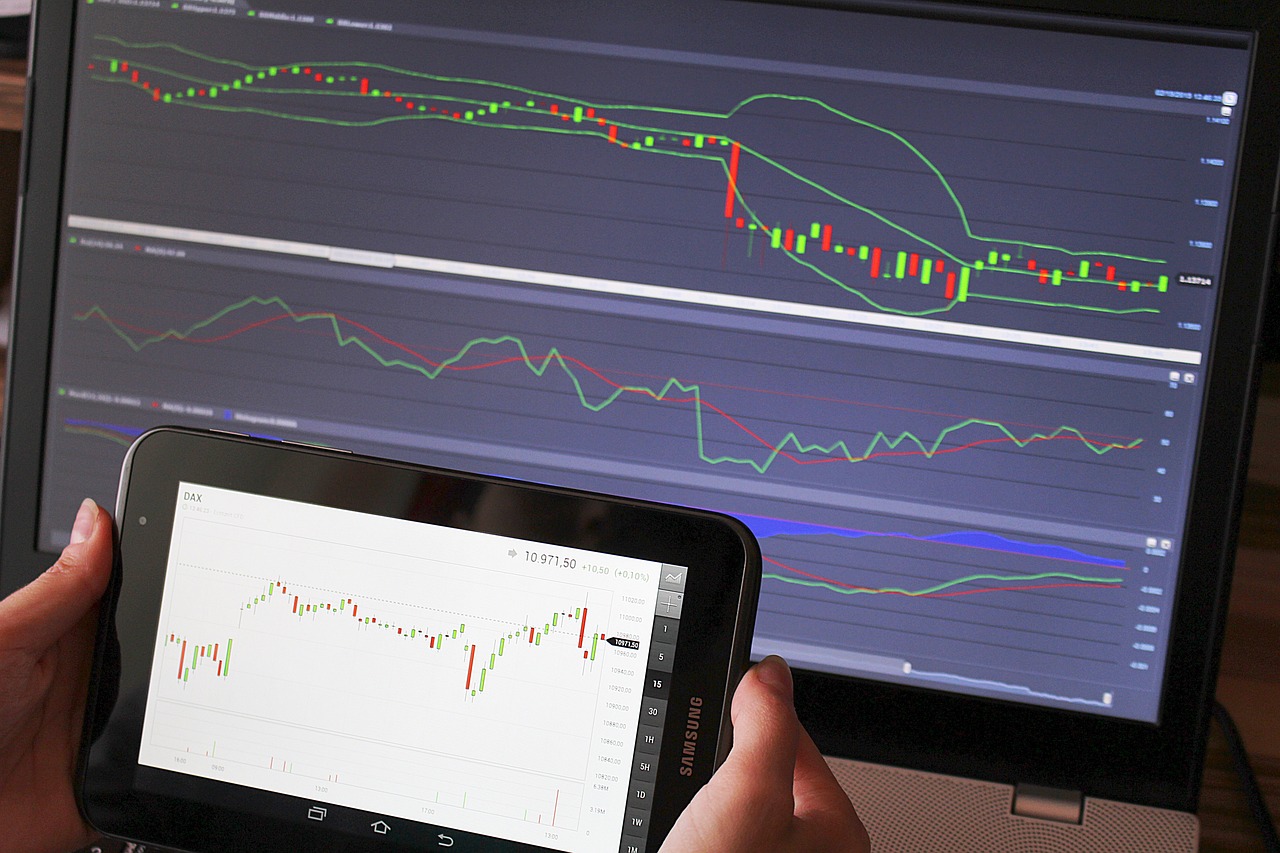
Linking Wallets to Trading Platforms
Linking your wallet to trading platforms is a crucial step in the world of cross-platform trading. Imagine your wallet as a bridge that connects your digital assets to various trading venues. Without this connection, your assets remain isolated, unable to participate in the dynamic trading landscape. The process of linking your wallet can seem daunting, but with the right guidance, it becomes a straightforward task that opens up a world of trading possibilities.
To begin, you must ensure that your wallet is compatible with the trading platforms you wish to use. Most platforms will provide a detailed list of supported wallets, which can often be found in their help or FAQ sections. Once you've confirmed compatibility, the next step is to access your wallet settings. Here, you'll typically find an option to link or connect your wallet to external platforms. This might involve generating a unique wallet address or an API key, which acts like a digital handshake between your wallet and the trading platform, ensuring they can communicate securely.
It's essential to follow the specific instructions provided by both your wallet and the trading platform during this process. For example, some platforms may require you to paste your wallet address into their interface, while others may need you to authorize the connection through your wallet's application. Always double-check the addresses and keys you are entering to avoid any costly mistakes. A simple typo could lead to lost funds, and nobody wants that!
Once your wallet is linked, you can start trading. However, it's vital to remain vigilant. Regularly check your wallet's connection status to ensure it's still linked correctly. Additionally, be aware of any updates from either your wallet provider or trading platform that might affect the connection. Just like maintaining a car, keeping your trading setup in good working order is essential for a smooth ride.
In summary, linking your wallet to trading platforms is a fundamental part of cross-platform trading. By ensuring compatibility, following the correct linking procedures, and maintaining vigilance, you can enjoy a seamless trading experience. Just remember, your wallet is your gateway to the trading world—treat it with care!
- What types of wallets can I link to trading platforms? Most trading platforms support various wallets, including hot wallets, cold wallets, and hardware wallets. Always check the platform's documentation for specific compatibility.
- Is linking my wallet to a trading platform secure? Yes, linking is generally secure if you follow best practices, such as using reputable platforms and enabling security features like two-factor authentication.
- What should I do if I encounter issues linking my wallet? If you face any challenges, consult the support sections of both your wallet provider and the trading platform. They often have troubleshooting guides that can help you resolve any issues.

Best Practices for Security
Maintaining wallet security is not just a good idea; it’s a necessity in today’s digital trading landscape. Think of your wallet as a treasure chest; if you leave it wide open, anyone can take what’s inside. So, how do you keep that chest locked tight? Here are some essential practices to ensure your digital assets remain safe and sound.
First and foremost, regular updates are crucial. Just like you wouldn’t ignore a warning about a cracked window in your house, you shouldn’t overlook software updates for your wallet. Developers frequently release updates to patch vulnerabilities and improve security features. By keeping your wallet software up to date, you’re essentially reinforcing your security walls against potential intruders.
Another layer of security comes from using strong passwords. Think of your password as the key to your treasure chest. A weak password is like a flimsy key that can break easily. Aim for a password that is at least 12 characters long and includes a mix of upper and lower case letters, numbers, and special characters. You might even consider using a password manager to generate and store complex passwords securely.
Additionally, two-factor authentication (2FA) is a game changer. This extra step requires you to provide two forms of identification before accessing your wallet. It’s like needing both a key and a secret code to open your treasure chest. Enabling 2FA can significantly reduce the risk of unauthorized access, making it much harder for hackers to get in.
To further enhance your security, consider the importance of regular backups. Imagine losing your treasure chest entirely; that’s what can happen if you don’t back up your wallet. Regularly backing up your wallet ensures that even if your device fails or is lost, you can still recover your assets. Make sure to store backups in a secure location, preferably offline, to protect them from online threats.
It’s also essential to recognize and avoid phishing scams. These scams can take many forms, from fake emails to fraudulent websites that mimic legitimate ones. Always double-check URLs and be cautious about clicking on links in unsolicited messages. If something feels off, it probably is. Remember, if someone is asking for your wallet credentials or private keys, it’s a scam. Your wallet provider will never ask for sensitive information in such a manner.
Finally, consider using a hardware wallet for added security. Hardware wallets store your private keys offline, making them virtually immune to online hacking attempts. While they may require a bit more effort to set up, the peace of mind they provide is absolutely worth it. It’s like having a safe deposit box at the bank instead of keeping your valuables in a drawer at home.
In summary, securing your wallet is all about taking proactive steps to protect your assets. By keeping your software updated, using strong passwords, enabling two-factor authentication, regularly backing up your wallet, recognizing phishing attempts, and considering a hardware wallet, you can significantly enhance your security. Remember, the more effort you put into securing your wallet, the safer your digital treasures will be.
- What is a hardware wallet? A hardware wallet is a physical device that securely stores your cryptocurrency offline, providing an extra layer of security against online threats.
- How often should I back up my wallet? It's advisable to back up your wallet whenever you make significant changes, such as adding new assets or after a software update.
- What should I do if I suspect a phishing attempt? If you suspect a phishing attempt, do not click on any links or provide any personal information. Report the incident to your wallet provider and ensure your security measures are intact.
- Is two-factor authentication really necessary? Yes, 2FA adds an essential layer of security, making it significantly harder for unauthorized users to access your wallet.
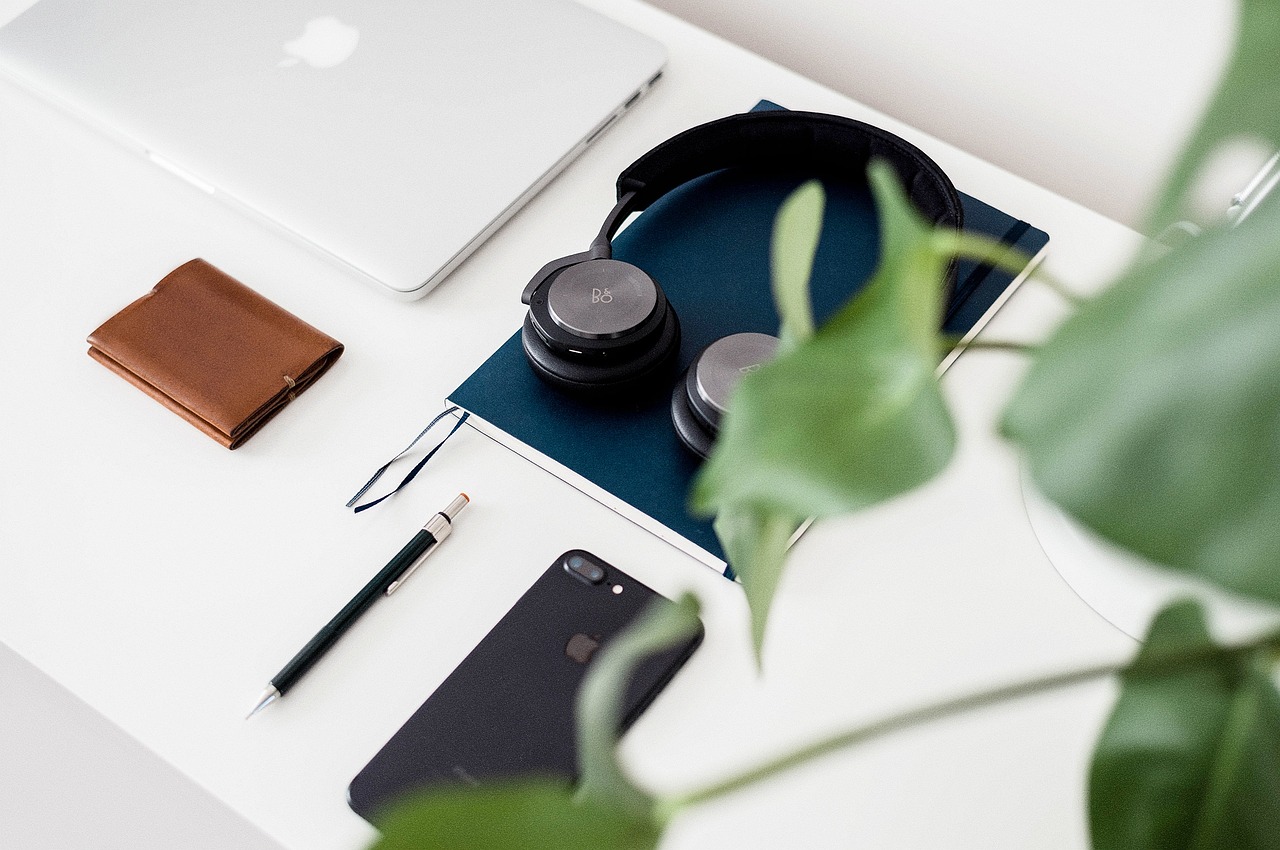
Regular Backups and Updates
When it comes to securing your digital assets, regular backups and updates are your best friends. Imagine your wallet as a treasure chest; if you don’t have a backup, losing it could mean losing everything! Backing up your wallet ensures that even if you encounter a mishap—like a device failure or accidental deletion—you can still recover your assets. Most wallets offer an easy way to create backups, often in the form of a recovery phrase or a file that you can store safely. It’s vital to keep this backup in a secure location, separate from your main device, to prevent unauthorized access.
But wait, there’s more! Just like you wouldn’t leave your treasure chest unguarded, you shouldn’t leave your wallet software outdated. Software updates often include important security patches and enhancements that protect against vulnerabilities. Think of it as reinforcing the walls of your treasure chest. When developers discover a flaw, they work quickly to fix it, and the best way to ensure you’re protected is to keep your software updated. Most wallets will notify you when an update is available, but it’s wise to check regularly—after all, an ounce of prevention is worth a pound of cure!
To make it easier for you, here’s a quick summary of how to effectively back up and update your wallet:
- Create backups: Regularly back up your wallet and store the recovery phrase securely.
- Enable automatic updates: If your wallet allows it, enable automatic updates to ensure you’re always protected.
- Check for updates manually: If automatic updates aren’t an option, make it a habit to check for updates weekly or monthly.
- Test your backup: Occasionally, test your backup to ensure it works and that you can restore your wallet if needed.
By committing to these practices, you’ll not only safeguard your wallet but also gain peace of mind knowing that your assets are protected against unforeseen events. Remember, in the world of digital trading, being proactive is key. So, take a moment today to back up and update your wallet—it could save you a lot of heartache down the road!
- How often should I back up my wallet? It's recommended to back up your wallet every time you make a significant change, such as adding new assets.
- What should I do if I lose my backup? If you lose your backup, it may be impossible to recover your assets. Always keep multiple copies in secure locations.
- Can I automate wallet updates? Many wallets offer an option for automatic updates; check your wallet settings to enable this feature.
- Is it safe to store my backup on the cloud? While convenient, storing backups in the cloud can pose security risks. It's safer to keep them on an external drive or a secure offline location.
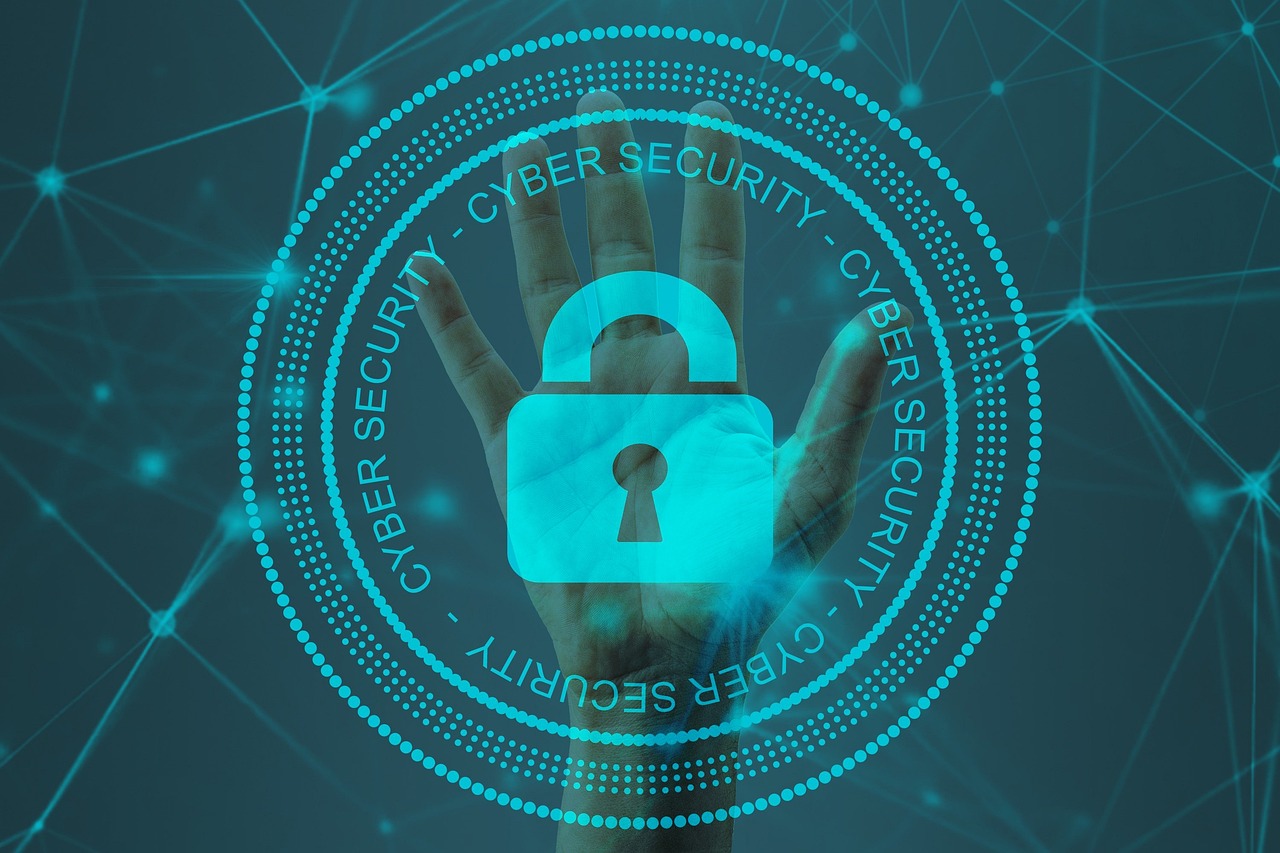
Recognizing Phishing Attempts
In the digital landscape, where financial transactions are just a click away, phishing scams have become a prevalent threat, especially for those engaging in cross-platform trading. These scams are designed to deceive you into revealing your sensitive information, like passwords and wallet details, often masquerading as legitimate communications from trusted sources. So, how can you spot these deceitful attempts before they ensnare you? Let's dive into the telltale signs that can help you stay one step ahead of cybercriminals.
First and foremost, always be wary of unsolicited emails or messages that request personal information. Legitimate wallet providers and trading platforms will never ask for your credentials through email. If you receive a message prompting you to click on a link or provide sensitive information, it's a red flag. Hover over links before clicking them to see the actual URL; often, phishing links will lead to suspicious or misspelled websites. For instance, a link that appears to be from your wallet provider may actually direct you to a site that looks similar but is designed to steal your information.
Another common tactic used by scammers is the sense of urgency. Messages that claim your account will be suspended or that immediate action is required often aim to rush you into making hasty decisions. Take a moment to breathe and verify the information directly with your wallet provider through official channels. If it seems too good to be true, it probably is. Phishing attempts often promise unrealistic rewards or bonuses to lure you into providing your personal information.
Additionally, be cautious of poor grammar and spelling in emails or messages. Many phishing attempts come from non-native speakers and contain obvious errors. Professional companies take pride in their communication, so if you notice mistakes, it’s likely a scam. Always trust your instincts; if something feels off, investigate further.
Moreover, consider enabling security features such as two-factor authentication (2FA) whenever possible. This adds an extra layer of protection, making it harder for scammers to access your account, even if they manage to obtain your password. Remember, your security is paramount, and being proactive can save you from potential disaster.
Lastly, if you ever find yourself questioning the legitimacy of a communication, report it to your wallet provider. They can provide guidance and help you determine whether the message is genuine or a phishing attempt. By staying informed and vigilant, you can protect your assets and enjoy a safer trading experience.
- What is phishing? Phishing is a fraudulent attempt to obtain sensitive information by disguising as a trustworthy entity in electronic communication.
- How can I protect myself from phishing scams? Always verify the source of emails or messages, enable two-factor authentication, and report suspicious communications.
- What should I do if I think I've been phished? Change your passwords immediately, enable additional security measures, and report the incident to your wallet provider.
- Can phishing attempts happen on social media? Yes, phishing attempts can occur on any platform where you share personal information. Always be cautious of unsolicited messages.
Frequently Asked Questions
- What are the different types of wallets available for cross-platform trading?
There are primarily three types of wallets: hot wallets, cold wallets, and hardware wallets. Hot wallets are connected to the internet, making them convenient for quick trades but less secure. Cold wallets are offline and offer enhanced security, suitable for long-term storage. Hardware wallets are physical devices that store your cryptocurrencies securely offline, combining the benefits of both hot and cold wallets.
- How do I set up a wallet for trading?
Setting up a wallet involves choosing a reliable wallet provider, downloading the wallet software or purchasing a hardware wallet, and following the setup instructions. Remember to secure your wallet with a strong password and enable any available security features, such as two-factor authentication, to protect your assets.
- What security features should I look for in a wallet?
When selecting a wallet, prioritize security features like two-factor authentication, encryption, and backup options. These features help ensure that your wallet remains secure against unauthorized access and potential loss of funds.
- How can I link my wallet to trading platforms?
Linking your wallet to trading platforms typically involves navigating to the wallet settings on the exchange, selecting the option to add a wallet, and then entering your wallet address. Always double-check the address to avoid sending funds to the wrong location.
- What are the best practices for securing my wallet?
To keep your wallet secure, regularly back it up, update your wallet software, use strong passwords, and be cautious of phishing scams. Always verify the sources of any communication and avoid clicking on suspicious links.
- How can I recognize phishing attempts?
Phishing attempts often come in the form of emails or messages that look legitimate but contain links to fake websites. Be wary of unsolicited communications asking for your wallet information. Always verify the sender's email address and look for signs of suspicious activity.







